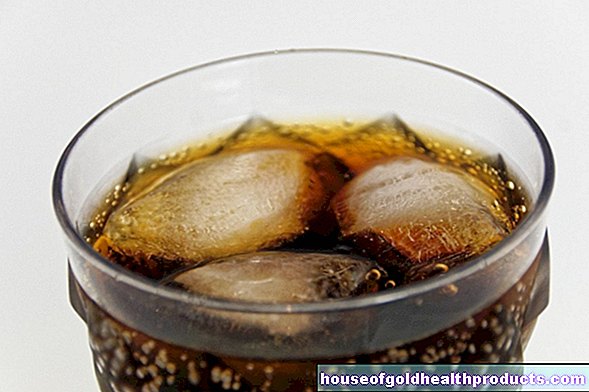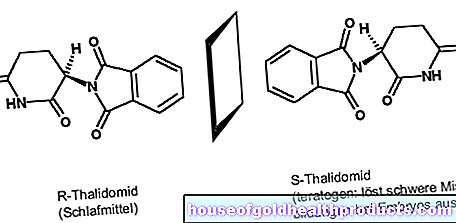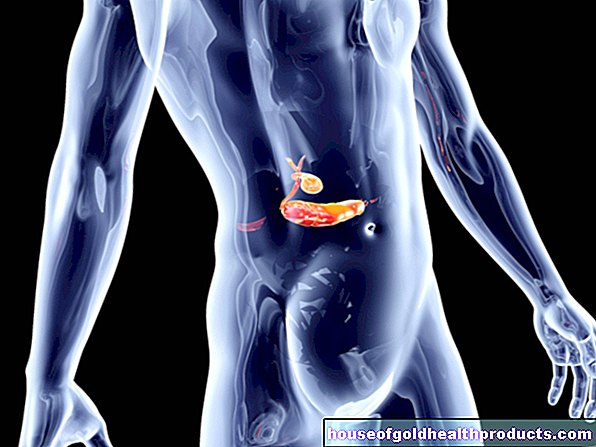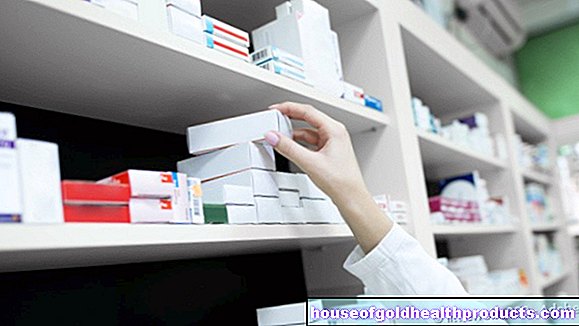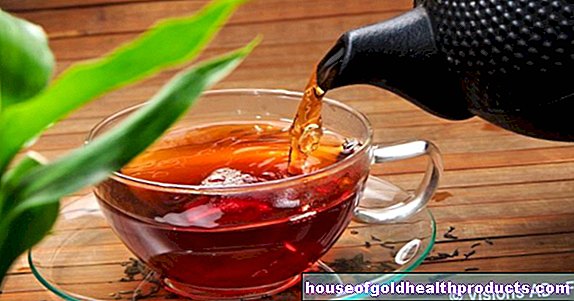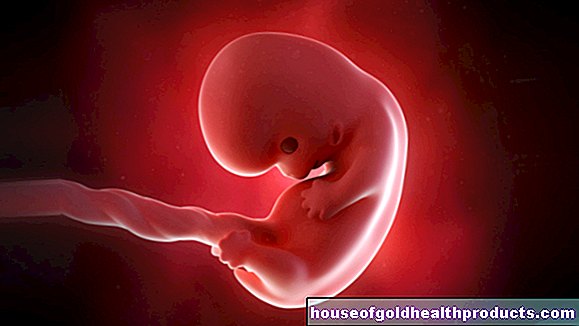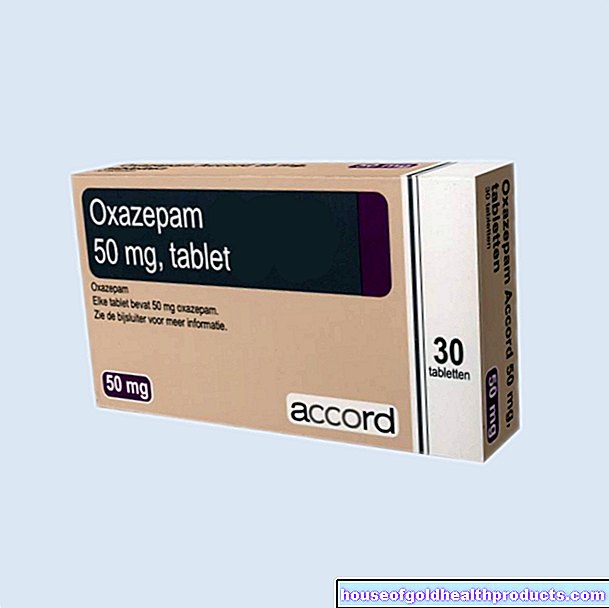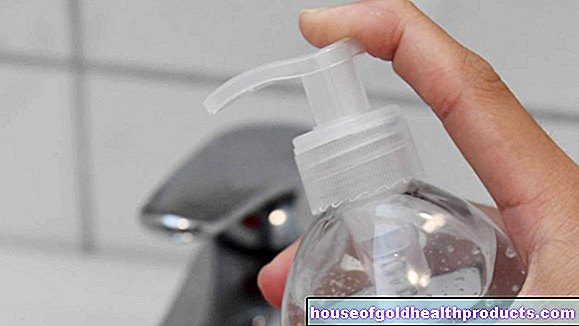Fructose Intolerance Table
and Martina Feichter, medical editor and biologistRicarda Schwarz studied medicine in Würzburg, where she also completed her doctorate. After a wide range of tasks in practical medical training (PJ) in Flensburg, Hamburg and New Zealand, she is now working in neuroradiology and radiology at the Tübingen University Hospital.
More about the expertsMartina Feichter studied biology with an elective subject pharmacy in Innsbruck and also immersed herself in the world of medicinal plants. From there it was not far to other medical topics that still captivate her to this day. She trained as a journalist at the Axel Springer Academy in Hamburg and has been working for since 2007 - first as an editor and since 2012 as a freelance writer.
More about the experts All content is checked by medical journalists.
A fructose intolerance table gives people with a corresponding intolerance important help with their diet - what is allowed on the plate, where is there too much fructose in it. Those affected do not necessarily have to completely forego all foods on the fructose intolerance list. It is important to test the personal limit of tolerance. You can find out how to do this and how to eat properly if you are fructose intolerant.
ICD codes for this disease: ICD codes are internationally recognized codes for medical diagnoses. They can be found, for example, in doctor's letters or on certificates of incapacity for work. E74
Nutritional therapy with fructose intolerance table
People with hereditary (congenital) fructose intolerance have to do without fructose entirely. Even small amounts of fructose can cause serious problems such as liver and kidney damage.
The situation is different with the more common acquired fructose intolerance (fructose malabsorption). In this case, completely avoiding fructose is neither necessary nor useful. Affected people usually tolerate small amounts of fructose of less than 25 grams. If you still strictly avoid fructose, you may become even more sensitive in the long term and tolerate less and less of it.
Instead, if you have acquired fructose intolerance, a special nutritional therapy consisting of three phases is advisable: the waiting phase, the test phase and permanent nutrition. In the course of this nutritional therapy, the fructose content of the food and the composition of fats and proteins change - ideally with the help of a nutritionist, for example to avoid nutritional deficiencies. A fructose intolerance table is also a valuable companion for those affected. It indicates the percentage of fructose in certain foods.
Waiting period
This first phase of nutritional therapy, which lasts about two weeks, serves to reduce the symptoms (such as diarrhea, flatulence) as far as possible. The intestine should recover. In this phase you should therefore avoid anything that could irritate or burden him. That said, meals shouldn't contain fructose. The fructose intolerance list shows you which foods are taboo at this stage.
In addition, you should also remove foods with sugar alcohols or sugar substitutes (e.g. sorbitol) and high-fiber foods such as legumes, cabbage or whole grain products from the menu for the time being. In contrast, the consumption of grape sugar (glucose) or malt is unproblematic. You can also use stevia to sweeten your food and drinks during the waiting period.
Test phase
The goal of this approximately six-week phase is to determine the individual fructose limit by gradually increasing the amount of fructose supplied. The fructose intolerance table helps you to calculate how many grams of fructose you can consume without symptoms and the amount of symptoms from which you experience.
Experiment with foods that are at the top of the fructose intolerance food table (vegetables, fruits). They contain only small amounts of fructose. On the other hand, you should completely avoid sugar alcohols at this stage as well.
You should also try out whether you can tolerate fructose or certain foods containing fructose better if you combine them with foods rich in fat and protein. Dextrose as a "fructose companion" can also facilitate the absorption of fructose in the intestine. So that you can keep track of things, it makes sense to keep a food diary during this time.
Continuous phase
In the third phase of the change in diet, it is important to establish individual dietary recommendations. These are based on the individual number of meals, the meal rhythm and the composition of the food.
Fructose Intolerance Table: Selected Foods
How much fructose is there in an apple? What about pumpkin and zucchini? Do dried bananas have more fructose than fresh ones? The answers to such questions are important for people with fructose intolerance. The following table provides information on the fructose content of selected foods. The values are given in milligrams (mg) per 100 grams of food or drink.
|
Food |
Fructose content (mg / 100 gr) |
|
broccoli |
1,1 |
|
zucchini |
1,1 |
|
leek |
1,1 |
|
Kohlrabi |
1,2 |
|
green sweet peppers |
1,2
|
|
peach |
1,3 |
|
tangerine |
1,3 |
|
Honeydew melon |
1,3 |
|
pumpkin |
1,4 |
|
White turnip |
1,5 |
|
Red cabbage with apples |
1,5 |
|
cabbage |
1,7 |
|
Clementine |
1,7 |
|
Tuna salad with mayonnaise |
1,7 |
|
nectarine |
1,8 |
|
Soybeans |
1,9 |
|
Raspberries |
2,1 |
|
Fruit ice cream |
2,3 |
|
pineapple |
2,4 |
|
Red currants |
2,5 |
|
mango |
2,5 |
|
Sachertorte |
2,5 |
|
Whole grain raisin rolls |
2,8 |
|
Blackberries |
3,1 |
|
Black currants |
3,2 |
|
blueberries |
3,3 |
|
tea-cake |
3,4 |
|
banana |
3,4 |
|
red sweet peppers |
3,7 |
|
melon |
3,9 |
|
Yeast rolls |
3,9 |
|
kiwi |
4,6 |
|
Fruit cereal |
4,6 |
|
applesauce |
4,7 |
|
Canned pineapple |
5,2 |
|
Figs |
5,5 |
|
Sweet cherries |
6,3 |
|
dried plums |
9,4 |
|
sugared corn flakes |
6 |
|
pear |
6,8 |
|
grapes |
7,1 |
|
Apple |
7,3 |
|
dominoes |
10,9 |
|
dried banana |
11 |
|
shortbread |
11,8 |
|
fresh dates |
31,3 |
|
Raisins |
33,2 |
|
honey |
38 |
Source: DEBInet, as of 2013
Fructose is not only found in solid foods, but also in many drinks. Here are a few selected examples:
|
drink |
Fructose content (mg / 100 gr) |
|
Orange juice spritzer |
1,5 |
|
Cyclist |
1,7 |
|
Caffeinated cola beverages |
2,1 |
|
Isotonic drink |
2,2 |
|
sparkling wine |
2,6 |
|
Apple juice spritzer |
3,8 |
|
lovely white wine |
4 |
|
Grapefruit juice |
4,2 |
|
lemonade |
4,8 |
|
Multivitamin juice |
5,2 |
|
Instant fruit tea powder |
42,9 |
Source: DEBInet, as of 2013
Fructose intolerance table: made-to-measure menu
Using a fructose intolerance table, people with an acquired fructose intolerance can adapt their meals to the individually tolerated amount of fructose. There are also a few little tricks that can make life easier.
- If you want to eat fruit, it is better to eat small portions throughout the day instead of eating a large amount at once.
- Fats and proteins can make it easier for the body to cope with fructose. Fruit cake can therefore be easier to digest than just the fruit alone.
- When it comes to vegetables containing fructose, the following generally applies: boiled, steamed or cooked, they are usually better tolerated than raw vegetables.
- In combination with grape sugar (glucose), fructose is usually better tolerated.
For some, the special change in diet can even cure the disease. But people who suffer from fructose intolerance for life can also live without symptoms. In order not to exceed the tolerable amount of fructose, you can also use a fructose intolerance table.
Tags: therapies toadstool poison plants baby toddler
